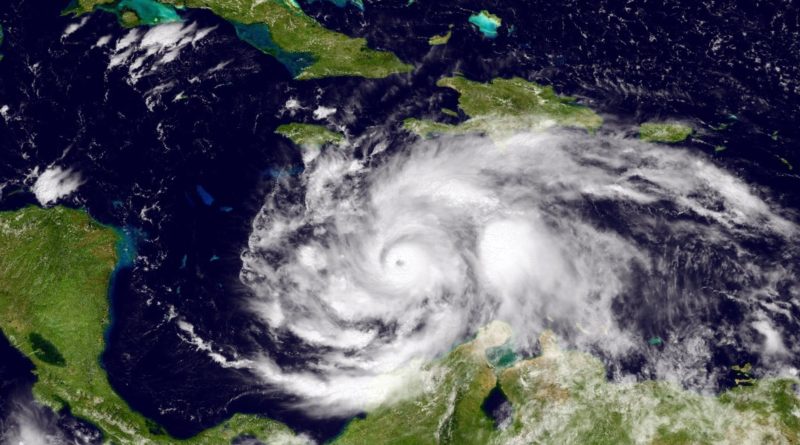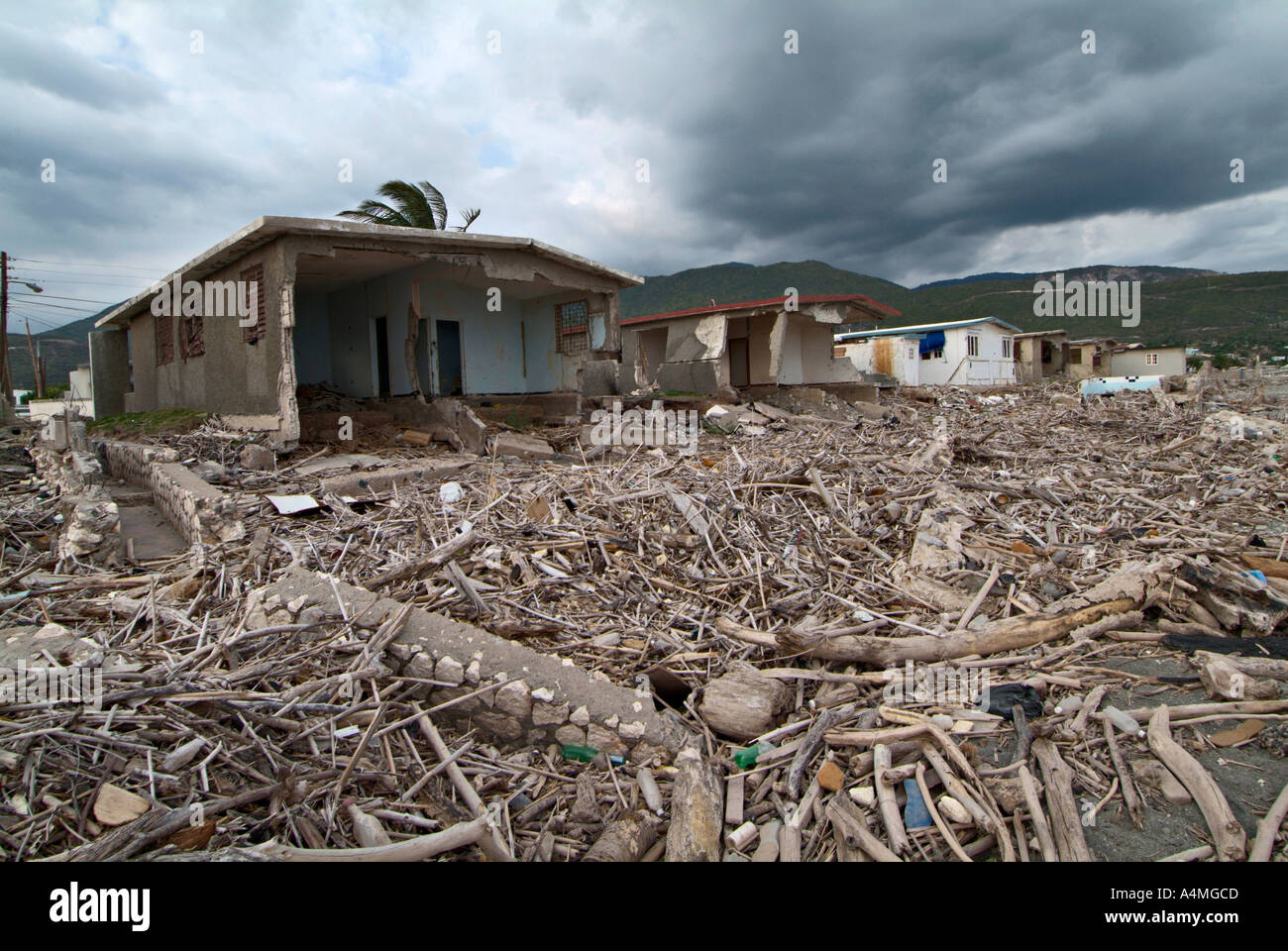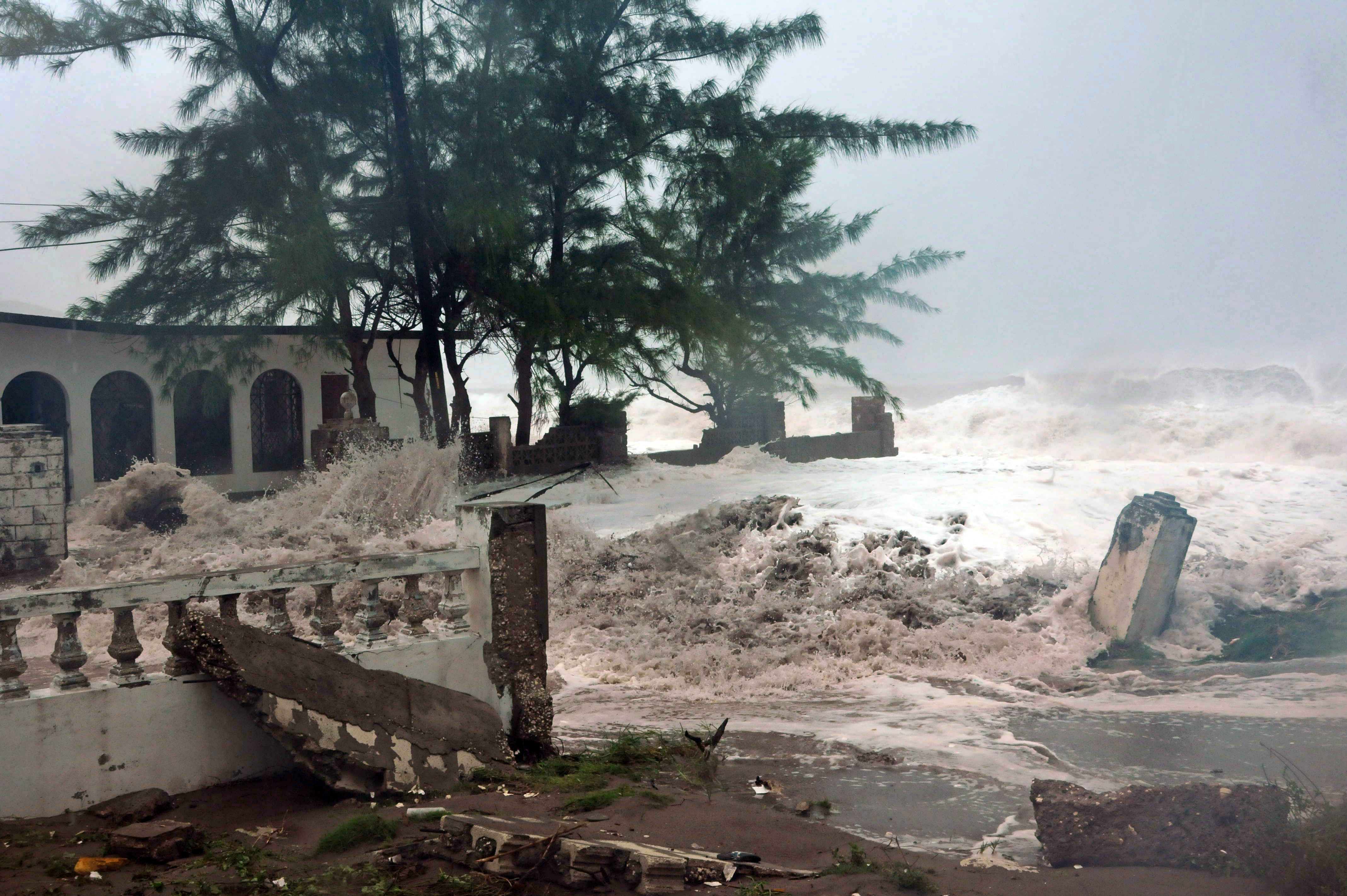Hurricane Impact on Jamaica’s Infrastructure

Hurricanes have a devastating impact on Jamaica’s infrastructure, causing significant damage to roads, bridges, and buildings. The country’s road network is particularly vulnerable, with many roads being washed out or blocked by debris. This can make it difficult for people to get around, access essential services, and transport goods.
The economic impact of infrastructure damage is also significant. The cost of repairing and rebuilding damaged infrastructure can put a strain on the country’s budget, and it can also disrupt economic activity. For example, if roads are damaged, it can make it difficult for businesses to transport their goods to market, which can lead to losses in revenue.
Jamaica faces a number of challenges in rebuilding and repairing infrastructure after hurricanes. One challenge is the lack of resources. The country is relatively poor, and it often does not have the financial resources to quickly rebuild damaged infrastructure. Another challenge is the lack of expertise. Jamaica does not have a large pool of skilled workers who are experienced in repairing and rebuilding infrastructure.
Rebuilding and Repairing Infrastructure
Despite the challenges, Jamaica has made progress in rebuilding and repairing infrastructure after hurricanes. The government has invested in new roads and bridges, and it has also worked to improve the country’s disaster preparedness. However, there is still much work to be done. Jamaica needs to continue to invest in infrastructure, and it needs to develop a more comprehensive disaster preparedness plan.
Disaster Preparedness and Response in Jamaica

Jamaica hurricane – Jamaica has a comprehensive disaster preparedness and response system in place to manage the risks associated with hurricanes. The system is based on a multi-agency approach, with the Office of Disaster Preparedness and Emergency Management (ODPEM) playing a central coordinating role. ODPEM is responsible for developing and implementing disaster preparedness plans, as well as coordinating response efforts during and after hurricanes.
Early Warning Systems
Jamaica has a well-developed early warning system for hurricanes. The system is based on a combination of meteorological data and observations from a network of weather stations across the island. The system provides timely warnings to the public, allowing them to take necessary precautions to protect themselves and their property.
Government Agencies and NGOs, Jamaica hurricane
A range of government agencies and NGOs play a vital role in coordinating disaster response efforts in Jamaica. These agencies include the Jamaica Defence Force, the Jamaica Constabulary Force, and the Jamaica Red Cross. These agencies work together to provide a coordinated response to hurricanes, including providing shelter, food, and medical assistance to those affected.
Successful Disaster Response Operations
Jamaica has a history of successful disaster response operations. In 2017, Hurricane Irma caused widespread damage across the island. However, the government and NGOs were able to quickly mount a response, providing assistance to those affected and helping to restore essential services.
Climate Change and Hurricane Frequency: Jamaica Hurricane

Climate change is predicted to have a significant impact on the frequency and intensity of hurricanes in Jamaica. Rising sea levels, warmer ocean temperatures, and changes in atmospheric circulation patterns are all expected to contribute to an increase in hurricane activity in the region.
Historical data on hurricane activity in the Caribbean region shows a clear trend of increasing hurricane frequency and intensity over the past few decades. The number of major hurricanes (Category 3 or higher) has increased significantly since the 1970s, and the average intensity of hurricanes has also increased.
Projections for the Future
Climate models project that hurricane activity in the Caribbean region will continue to increase in the future. The number of major hurricanes is expected to increase by 20-40% by the end of the century, and the average intensity of hurricanes is expected to increase by 5-10%. This increase in hurricane activity is expected to have a significant impact on Jamaica, as it will lead to more frequent and more intense hurricanes making landfall on the island.
The Jamaica hurricane season is in full swing, and the island has already been hit by several storms. Hurricane Beryl is the latest storm to threaten Jamaica, and it is expected to make landfall on the island later this week.
For the latest information on Hurricane Beryl’s path, visit where is hurricane beryl headed. The hurricane is expected to bring heavy rain and strong winds to Jamaica, and residents are urged to take precautions to stay safe.
As the formidable Hurricane Beryl threatens Jamaica, meteorologists are closely monitoring its trajectory to anticipate its potential impact. For the latest updates on Beryl’s path, refer to the comprehensive beryl hurricane track provided by the National Hurricane Center. Stay informed and take necessary precautions to ensure safety as Hurricane Beryl approaches Jamaica.